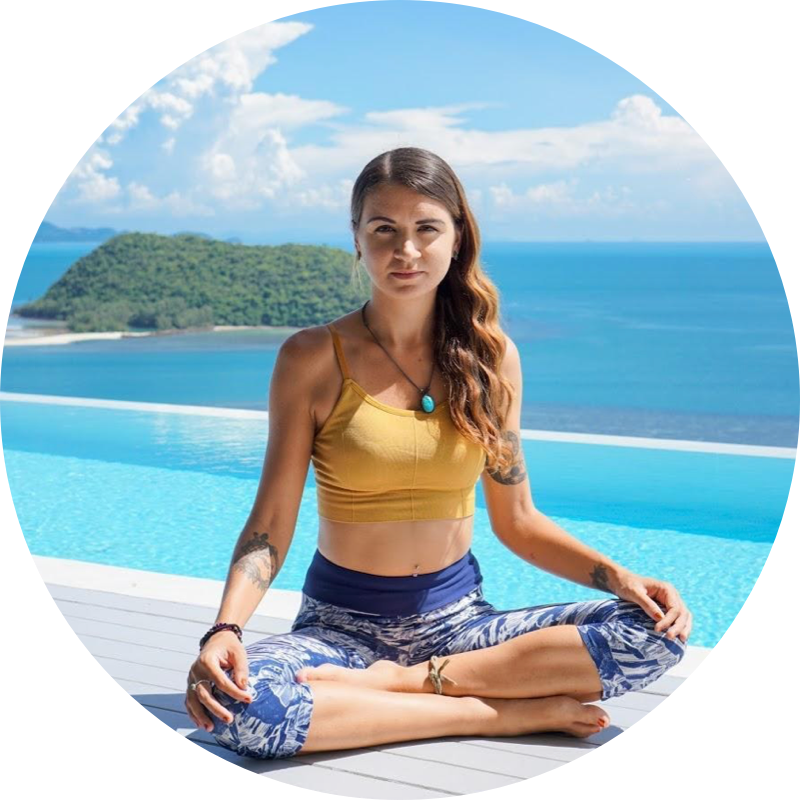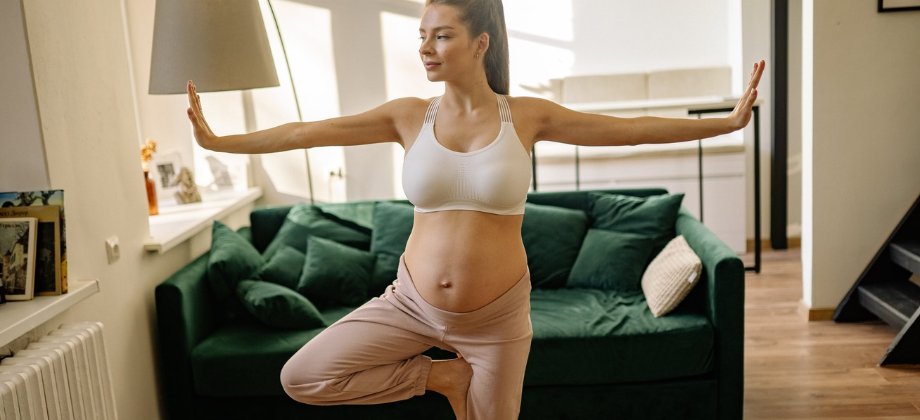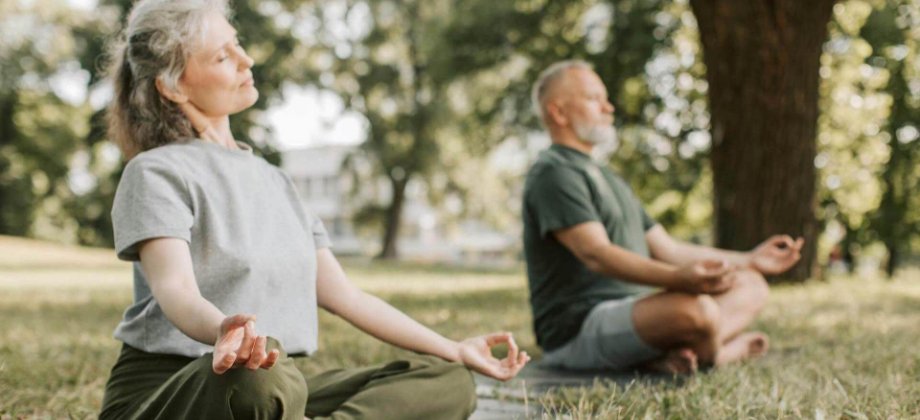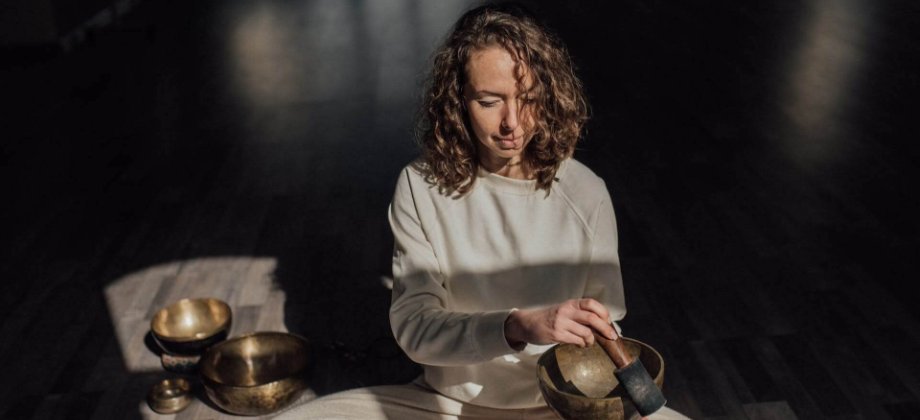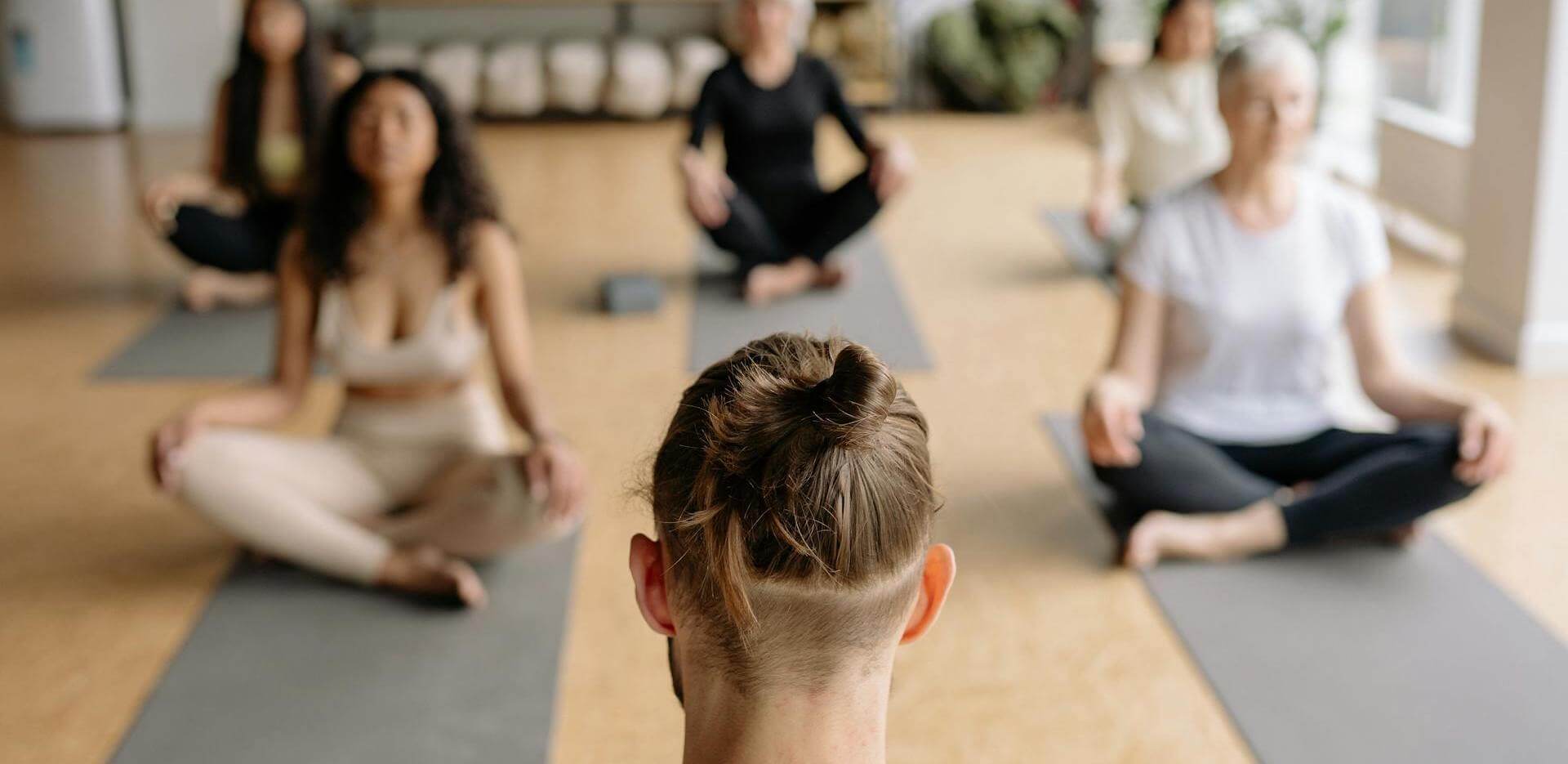
New Yoga Teacher Tips - How To Teach A Successful First Yoga Class
So, you've graduated from yoga teaching training and secured your first teaching job. Congratulations! I remember teaching my first class like it was yesterday - I was so nervous and convinced I would mess it up. But guess what? I didn't, and neither will you! To help you feel more confident in kick-starting your new career, I'm sharing the insights I've gained along the way for delivering a successful yoga class.
How To Physically Prepare For Your First Yoga Class
As you learned in your yoga teacher training course, warming the body up before going into standing sequences, backbends, and balances is essential. But this goes for you as well as your students. As a new yoga teacher, you will likely demonstrate most of the poses you teach. But to do so safely, you must ensure YOUR body is thoroughly warmed up. You might assume that demonstrating one round of sun salutations is enough to prepare for the more advanced poses. But the truth is, when you're in the role of the yoga teacher, you're fully focused on your students. You might not demonstrate as much as you expected because perhaps there were latecomers or someone needed your assistance. So, when it comes to demonstrating advanced postures like Warrior 3 or Dancer's pose, you may not be warm enough to do so effectively.That's why I recommend spending 10 minutes before class warming up. That way, you know your body is prepared for the class ahead. Plus, I always find that doing a few stretches or sun salutations before class helps me get in the right frame of mind, which brings me to the importance of mentally preparing to teach yoga…
How To Mentally Prepare For Your First Yoga Class
Guiding a group of people through a yoga class requires total presence. As the leader and instructor, there is no room for a wandering mind. To ensure I give my students 100% of my attention, I schedule time for a centering practice before class begins. This can be a short meditation or breathwork of your choice. My go-to centering practice is square breathing, as it rebalances the nervous system and helps to combat nerves.
On the subject of nerves, if you're feeling particularly nervous, don't be afraid to center yourself as people are arriving. Don't feel pressured to engage in conversations with students as they enter the room. It is totally fine to sit in silence and connect with yourself if you think that's the best way to prepare mentally. You might even find your students follow your lead and do the same.
How To Prepare Your Space
When I first started teaching yoga, I was so busy dealing with my nerves that I overlooked a lot of crucial elements around cultivating a welcoming and relaxing environment. I don’t want you to do the same. Think about your favourite yoga studio and how you feel when you walk into the room. Perhaps you hear relaxing music or smell incense burning, which instantly signals to your nervous system that it’s time to relax. That’s the feeling you want to create for your students.

Here are some things I recommend doing to prepare your space ahead of your first class:
Music
Even if you decide not to play music during the class, playing a soothing tune as your students arrive can help to create a relaxing ambiance. There are many different types of music that you can use before class, such as:
• Mantra chanting
• Indian flutes
• Tibetan singing bowls
• Soft piano music
Scent
If the studio has been closed all day, the room might have a musky scent. You can quickly fix that by spritzing a lavender spray around the room, lighting incense, or diffusing an essential oil. If you want to take it further, match the scent to the energy you want to create. For example, lavender is ideal for a relaxing evening session, but eucalyptus is well suited to revitalizing morning sessions.
Lighting
If you're teaching an evening class or the studio lacks natural light, you'll need to ensure the room has warm lighting. Many yoga studios have dimmable lights or lights with different settings, making this easy. However, this can be a challenge in settings like gyms, as the bright fluorescent lights will hinder your success in creating a relaxing ambiance. If there is no way to dim these lights, speak with the gym manager to see if there's a way to introduce warmer lighting. This might look like switching off the main lights and using lamps and candles in the corners of the room instead.
Other Considerations For Teaching Your First Yoga Class
Along with preparing yourself and the space, here are some other things to consider when planning to teach your first yoga classes.
Planning Your Sequence
You probably learned various sequencing methods in your YTT. Although you may want to put all your newly gained knowledge into action, I recommend sticking with a simple sequence for your first classes.
Why?
If you add many fancy transitions and variations, you're more likely to feel anxious during class or forget the sequence. So instead, focus on the basics and include the postures you know and practice the most, as these are the ones you'll feel most confident demonstrating and cueing.
I also recommend using the block sequencing method. This is when you teach the same standing sequence two or three times, adding an additional asana at the end of each round. This allows you to build on the sequence and means there are far fewer postures to remember than if you were to teach 2 or 3 different standing sequences.
And one more piece of advice - write your sequence down and keep it at the top of your mat in case your mind goes blank!
Choosing A Theme
While themes can make a good class great, they are not essential when you are first getting started. However, if you feel a theme will help you remember your sequence better, choose something simple, like a body part or a group of asanas. Here are a few ideas:
• Hip openers
• Backbends
• Core
• Upper body strengthening
If you choose a theme, it's nice to mention it at the beginning of the class. Simply say, "Today, we will be focusing on …" Or, if you feel like it, explain the benefits around that theme.
Final Thoughts
I know that planning your first yoga class can be overwhelming. There is so much to consider, and so much that could go wrong.
However, if you keep things simple and focus on the essential elements of a successful yoga class outlined above, you'll see it doesn't have to be so scary.
And even if you make a mistake, don't panic. Chances are, most people didn't notice anyway, so remain calm and continue with the class!
